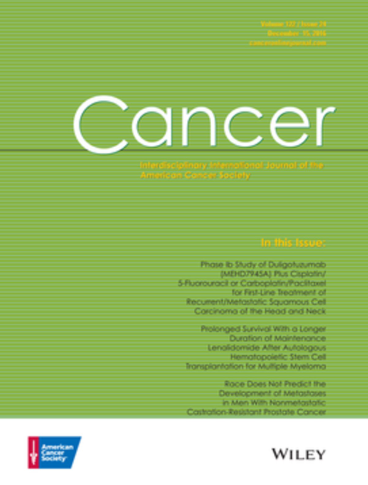The effect of online cognitive behavioral therapy for insomnia in adolescents and young adults after childhood cancer: Results from a randomized controlled trial
Abstract
Background
Insomnia is common during and after childhood cancer and associated with negative health outcomes and impaired quality of life. Many adolescents and young adults do not receive treatment. Internet-delivered cognitive behavioral therapy for insomnia (iCBT-i) can fill this gap. This study assesses the effectiveness of the iCBT-i intervention “iSleep youth”.
Methods
Patients (12–30 years old) with an Insomnia Severity Index ≥8, ≥6 months after treatment, and <10 years after diagnosis were 1:1 randomized to iSleep youth or the wait list-control group. iSleep youth consists of five online sessions with a coach. Outcomes were sleep efficiency (actigraph-based), insomnia, fatigue, and health-related quality of life (HRQOL). Differences over time between iSleep youth and controls, 3 months (T3) and 6 months (T6) from baseline, were assessed with linear mixed models, controlling for age, sex, and time since end of treatment. iSleep youth also had a follow-up measurement after 12 months (T12).
Results
Fifty-four (response rate, 49%) patients participated: 68.9% females, mean age, 18.5 years (SD = 3.5), and mean time since end of treatment 3.8 years (SD = 2.3). No significant effects between the two groups were found for sleep efficiency. However, iSleep youth had a beneficial effect on insomnia severity at T3 (β = –0.79) and T6 (β = –0.55), on fatigue at T3 (β = –1.08) and T6 (β = –0.52) and on HRQOL at T3 (β = 0.46) and T6 (β = 0.62). The scores did not change from T6 to T12 in iSleep youth.
Conclusions
iSleep youth is effective in treating insomnia and concurrent fatigue in adolescents and young adults after childhood cancer and should be implemented.


 求助内容:
求助内容: 应助结果提醒方式:
应助结果提醒方式:


